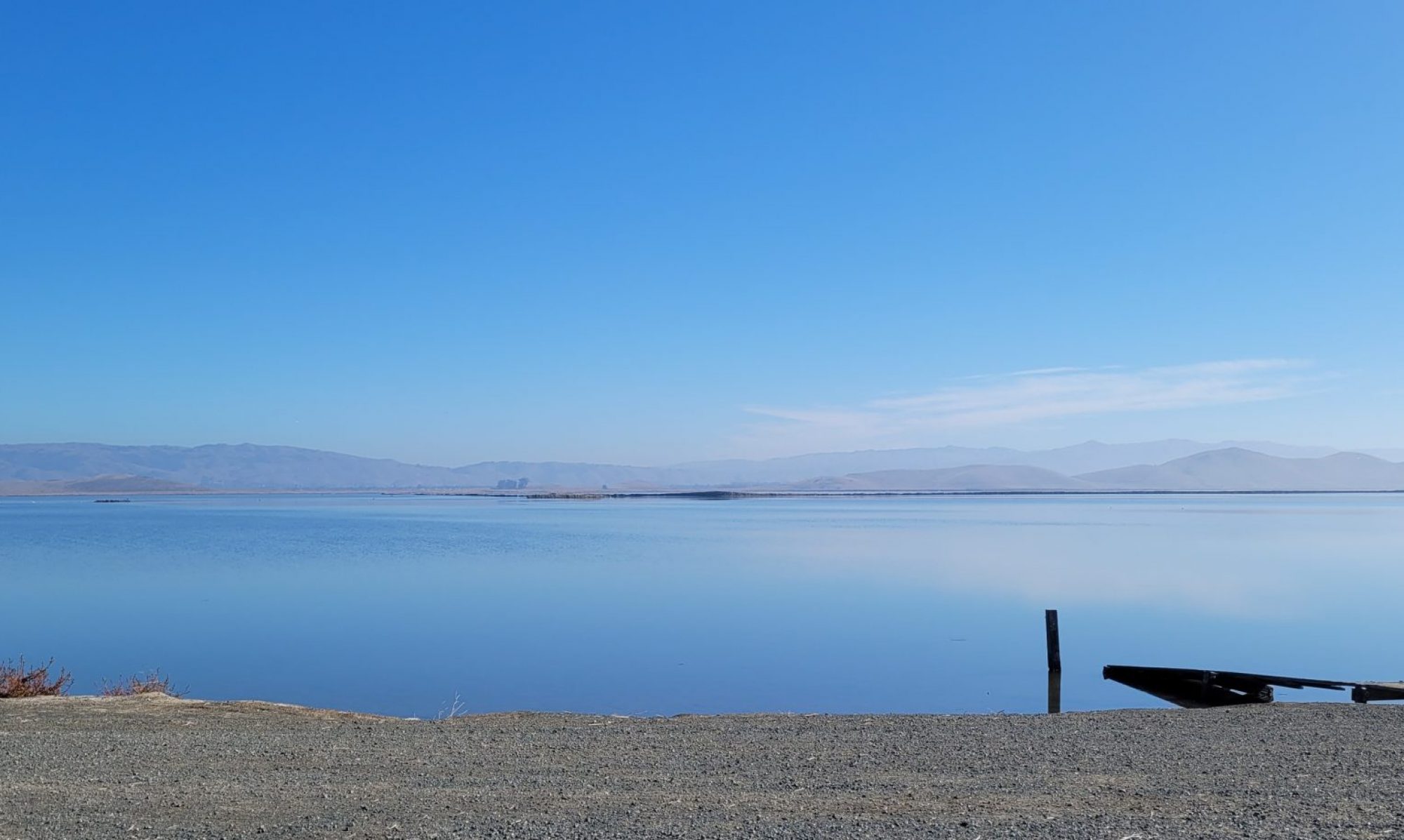
Historians are all agitated, for good reason. They’re being squeezed between two forces: a highly politicized and polarized atmosphere and a steady decline in the number of students majoring in history. But are students really ditching history? And is this climate of bashing historians even unique? This variation of an intergalactic trash compactor makes a familiar grinding sound; we’ve been here before. If you want to understand what’s going on with History as a discipline, you have take a broader view and look at…(you know it’s coming) the whole history.
This topic arose during a three-day conference of the American Historical Association that kept me wandering through the rabbit warren of the Hilton in downtown San Francisco last week. By the time I was done musing about the concerns of historians–and listening to some fascinating discussions about how AI was affecting teaching, whether women had a Renaissance, why Senegalese soldiers were recruited in World War I, and how to get published–I was full of thoughts. So many thoughts about the purported slump of the history profession that I decided it warranted two separate posts.
In this post, let’s talk about whether the number of history majors is, in fact, in a tailspin.
The Disappearing History Major
There’s been plenty of hand-wringing over the decrease in the number of history students. The decline of students was part of a trend that the Chronicle of Higher Education article had noted back in 2018: “Why Are Students Ditching the History Major?” This study of the change in college degrees awarded over a span in the 2010s showed history at the bottom–a 34% drop in degrees awarded. Science and engineering crested the top, which is why you shouldn’t mention the word STEM to history department administrators unless you want to hear a stream of invective on how they are sucking up all the resources and how they get churn out published articles by rearranging the names on the same data sent to different journals. (Hearing that from my graduate history adviser and knowing how hard my son, the physics major, worked on his articles created some major cognitive dissonance!)

This study from 2018 and its continuing trend prompted other articles by the American History Association which wondered whether the decline has ended, is extended, has reversed, or has backed up and run over itself? The conference held two sessions on the topic, which I confess I didn’t attend because I wanted to learn about the complex use of the word “medieval” in South Asian History and how gender and power was reflected in the Byzantine “apple affair.” But trust me, the AHA is still worried about it.
Continue reading “The End of History (as we know it) Part One”


